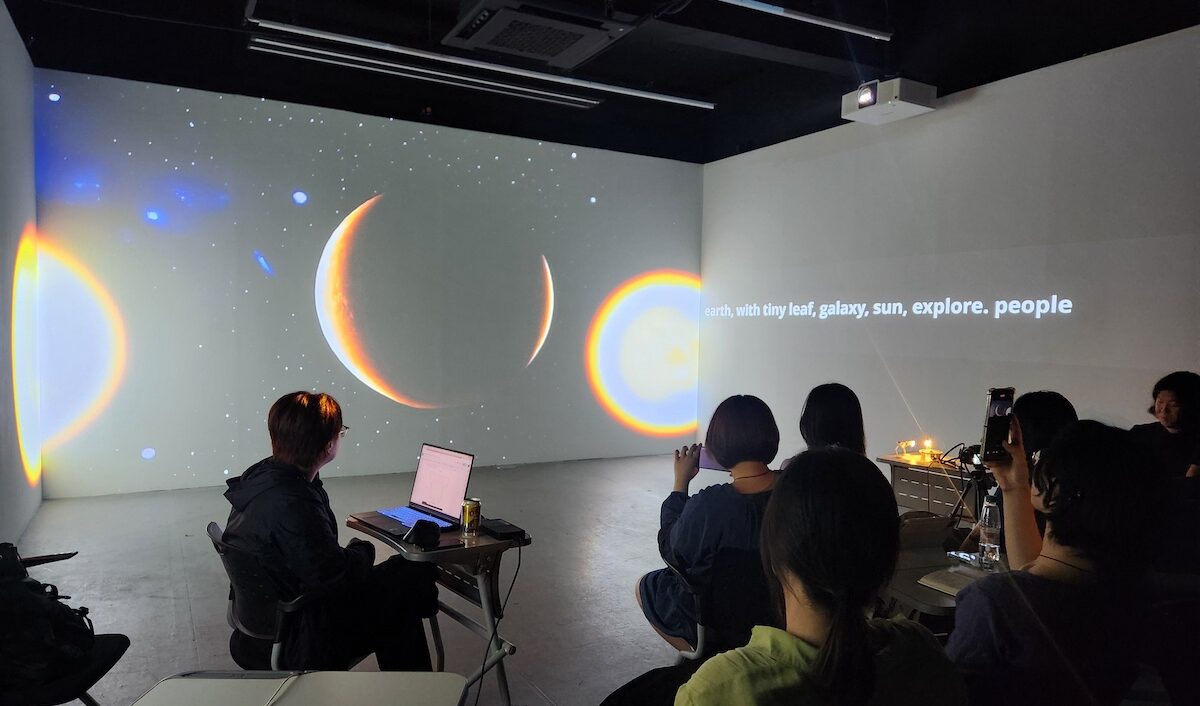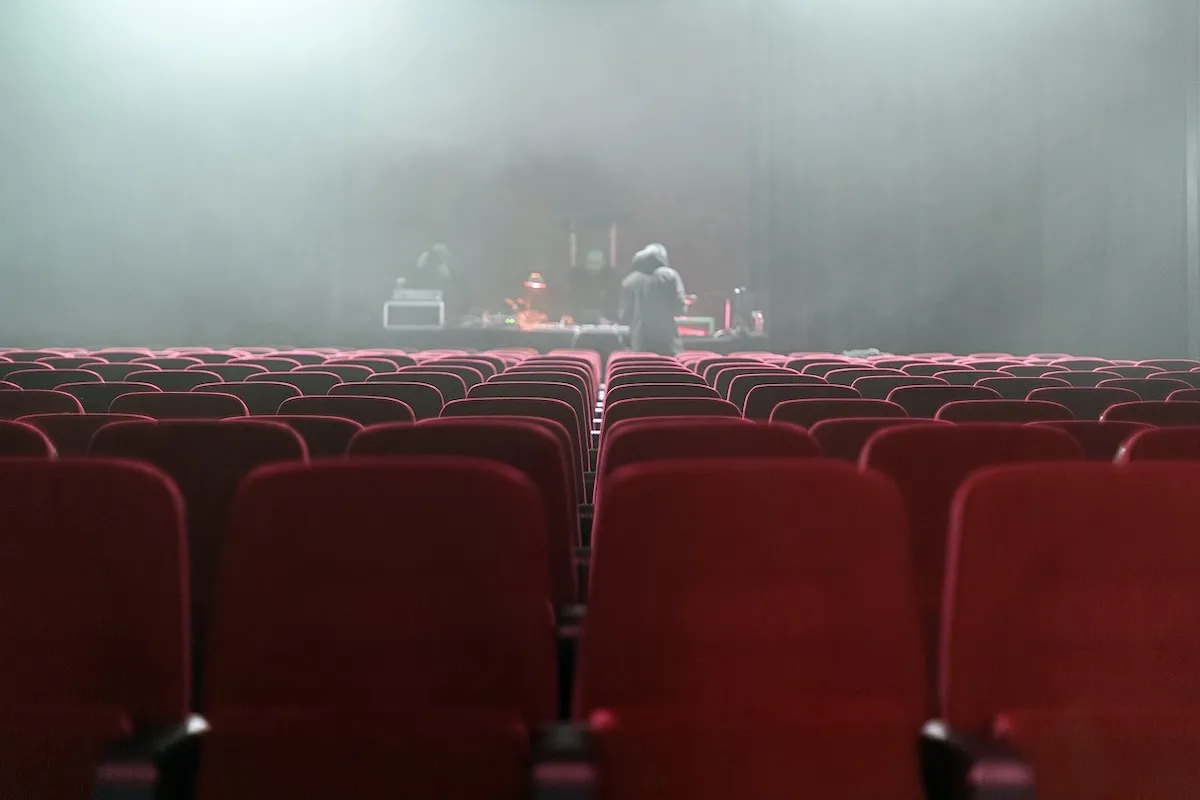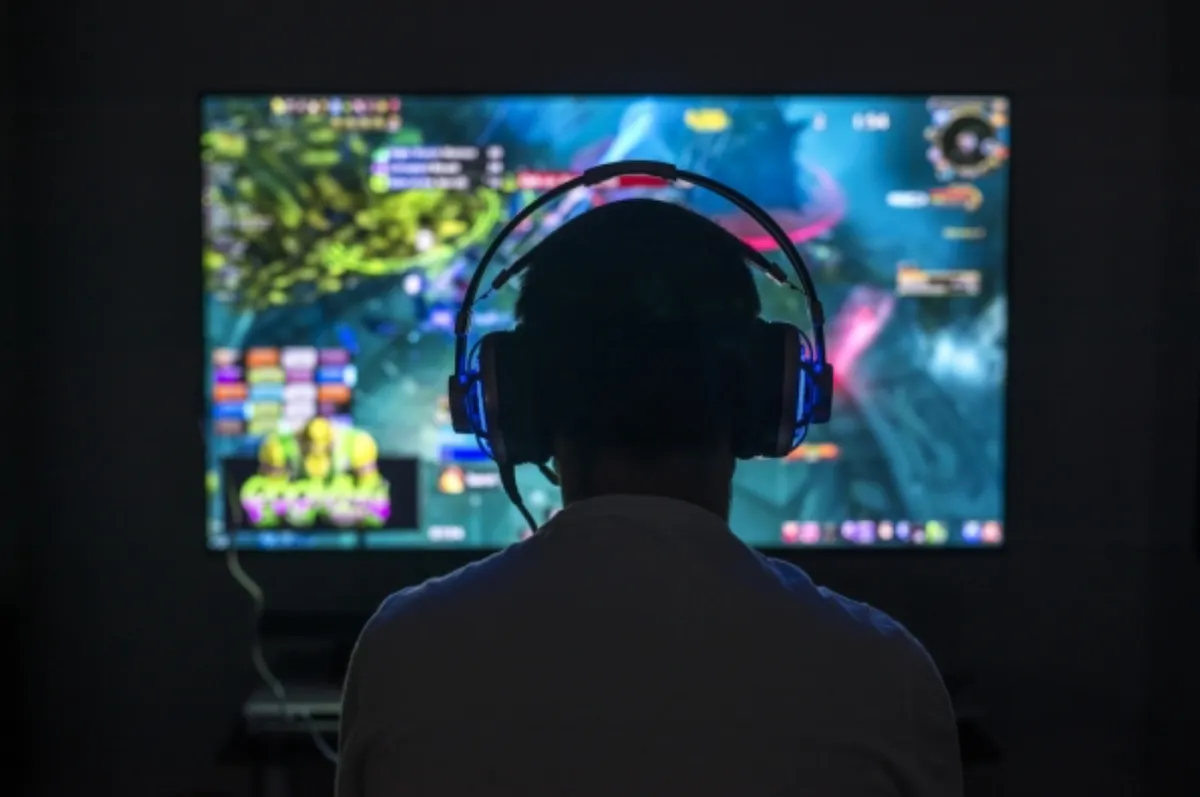| [Issue]introduces the future direction of art education that the Art Collider Lab (hereinafter referred to as AC Lab) at the Convergence Arts Center seeks to pursue through the educational programs it has planned and operated. |
“This forum is not just a moment to look back on our achievements. It’s a new starting point. I hope we can imagine and design a paradigm for sustainable arts education together, based on our past experiences—and through our new vision: Open-Access School.”
With these opening remarks, Dae-Jin Kim, President of Korea National University of Arts (K-Arts), clearly articulated the purpose of the 2025 Connected Forum: From Connected Campus to Open Access School. The forum offered a comprehensive look at the five-year journey K-Arts has undertaken to innovate arts education, and served as a declaration of its vision moving forward. President Kim’s call to “build a richer and more sustainable arts ecosystem” carried genuine weight, shaped by years of trial and error in pursuit of more fluid, expansive connections in the arts. What possibilities emerged from this journey—and what new questions have now taken their place?
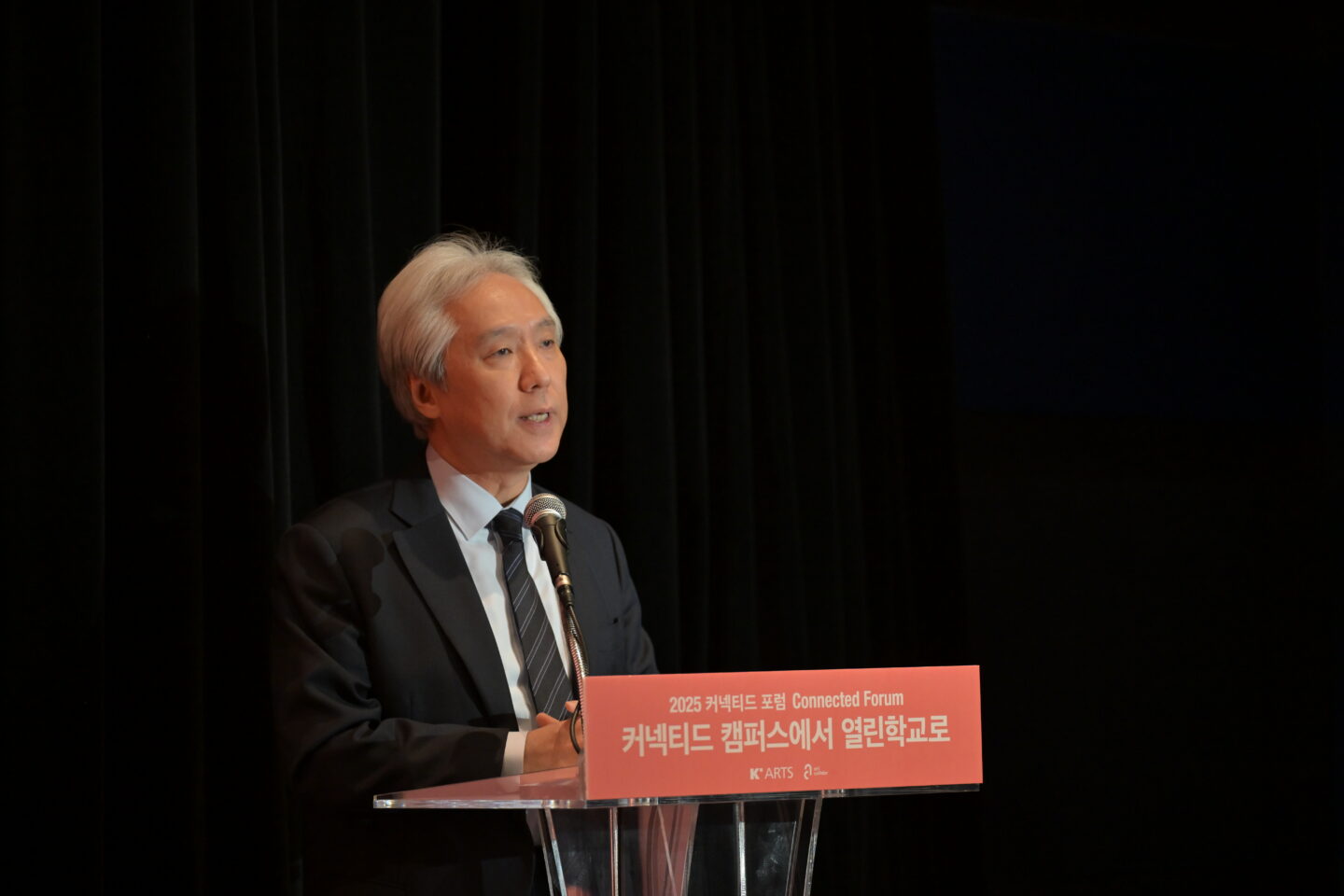
At the 2025 Connected Forum, President Kim addressed a room full of professionals from across the arts and arts education sectors, all gathered to reflect on the future of arts education.
| “How should future artists learn?”
‘Connected Campus‘ is a mid- to long-term research project driven by K-Arts’ desire to reimagine arts education. ‘COVID-19 pandemic‘ served as a catalyst, but the initiative was fueled by deeper concerns: the limitations of the master-apprentice model, the pressure of performance-based learning goals, budget and time constraints, uncertain career prospects, and a lack of integration across artistic disciplines. These issues had long signaled a need for new modes of education and creation.
Taking the lead was the university’s affiliated institute, ‘Art Collider Lab‘—the center of arts convergence focused on bridging artistic disciplines, intersecting technology with emotion, and connecting the campus with society. It became the ideal ground for envisioning and experimenting with the future of K-Arts.

Members of Art Collider Lab at the 2025 Connected Forum
Over the past five years, two core concepts served as the compass for the project: transition and convergence. The first step in enabling transition was infrastructure. To build a digital and online environment suited for future-oriented education, Art Collider Lab gradually introduced a wide range of new facilities across campus. These include the Recording Studio at the School of Music; the Motion Capture Studio at the School of Dance; the Virtual Production Studio at the School of Film, TV & Multimedia; the Recording & Streaming Studio at the School of Korean Traditional Arts; the Digital Creation Studio at the School of Visual Arts; AC-CAVE at Art Collider Lab; and several Interactive Media Walls located in the library, student cafeteria, and Lee O Young Art Theater. These facilities became emblematic of the Connected Campus initiative’s digital infrastructure.
These digital environments quickly became spaces for challenge and experimentation—open to all students and faculty regardless of major. The emphasis was on process over results, encouraging freedom of expression and interdisciplinary collaboration.
“These aren’t perfect, cutting-edge facilities. In fact, we hoped they wouldn’t feel that way,” said Bo-Hyung Kim, a researcher at Art Collider Lab. “We wanted students to feel comfortable dropping by and using the space and facilities freely however they wanted. We hoped it would become a playground where young artists could fully express themselves.”
The digital infrastructure quickly became infused with the spirit of artistic convergence. Once the tools were in place, Art Collider Lab developed educational programs that brought together diverse sources of creative inspiration—and with them, new types of artistic experiences began to flourish. These included: Exercise in Creative Traditional Performing Arts, in which students from the School of Korean Traditional Arts created their own digital video content; Understanding the Game Music Industry and Recording Content Production Workshop, a collaboration linking the School of Music with the gaming industry; and Virtual Production Studio Demo Day, which introduced new forms of creation through immersive virtual environments.
“Each project started within its own department,” noted researcher Soon-Young Jeong, who leads educational programming at Art Collider Lab. “But as the project matured, opportunities of collaboration naturally started to emerge. That’s when we began to see real growth—students with different ideas and creative energy began to build and grow together. That’s what I see as the most meaningful achievement of the project.”

A rehearsal for the “Improvised Music and Lion Dance Workshop”, which explored the fusion of jazz and traditional Korean music.
The most encouraging result of all has been the shift in student perception. As the infrastructure continued to expand and programs evolved alongside it, both students and faculty showed a marked increase in interest and curiosity. “While preparing for this forum, I was surprised by just how engaged the students are with the Connected Campus,” said Bo-Bae Kim, researcher at Art Collider Lab. “It’s motivating us to keep designing new experiments that open up new possibilities—and to find ways to broaden students’ access and participation.”
※Insights into the Future of Arts Education
The 2025 Connected Forum brought together experts from various fields to share their perspectives on the future of arts education.
Na-Young Choi, senior researcher at Korean National Research Center for the Arts, emphasized the growing importance of personalized education. “The educational focus is shifting away from departments and institutions toward individual students,” she noted. “We need to develop data-driven systems that can recommend or design personalized learning paths, and we should also rethink how we design our physical learning spaces.”
Curator Sung-Min Lee from Seoul Museum of Art called for a shift in how we perceive schools themselves. “The school of the future won’t just be a place for learning—it will be a hub for relationships and networks,” she said. If the school becomes a center of experimentation, it can evolve into a platform where diverse artists converge.”
Professor Jin-Joon Lee from the Graduate School of Culture Technology at KAIST highlighted the distinct value of artists in the AI era. “No matter how advanced AI becomes, it cannot replicate poetic ambiguity, the memory of the body, or the depth of personal experience,” he said. “Artists must not treat technology merely as a tool, but engage with it in a way that preserves those uniquely human qualities.”
Professor Seong-Hee Kim from Kaywon University of Art & Design urged artists to adopt a critical lens toward technology itself. “Our role as artists is to question how technology reshapes our lives and social relationships,” she said, “and to reflect on those changes through constant inquiry.”
Lastly, Media Artist Byung-Jun Kwon, winner of the 2023 Korea Artist Prize, presented his work with robotics encouraged interdisciplinary connection. “Although I build robots, I gain inspiration through ongoing collaboration with musicians, visual artists, and video specialists,” he shared. “This kind of open exchange is the mindset that future artists must embrace in a world defined by convergence.”
| A school wide open for every artist : See You at Open Access School
The launch of this forum marks the conclusion of Connected Campus as a phase of experimentation—but not the end of the vision. In fact, for K-Arts, the real work begins now. Building on the meaningful outcomes of Connected Campus, the next step forward is Open Access School. Unbound by fixed curricula or singular modes of creation, Open Access School imagines a creative platform where diverse art practitioners can freely collaborate and engage.
So how do the Art Collider Lab members—who have long envisioned the ideal future of arts education—imagine Open Access School?
For Soon-Young Jeong, the keyword is process. She hopes it becomes a platform where the essence of arts education—exploration, experimentation, and creative depth—can be fully realized. “Failure and mistakes are part of how artists discover who they are,” she said. “Rather than measuring outcomes, we hope it becomes a platform where success and failure are just different points on an endless path of learning.”
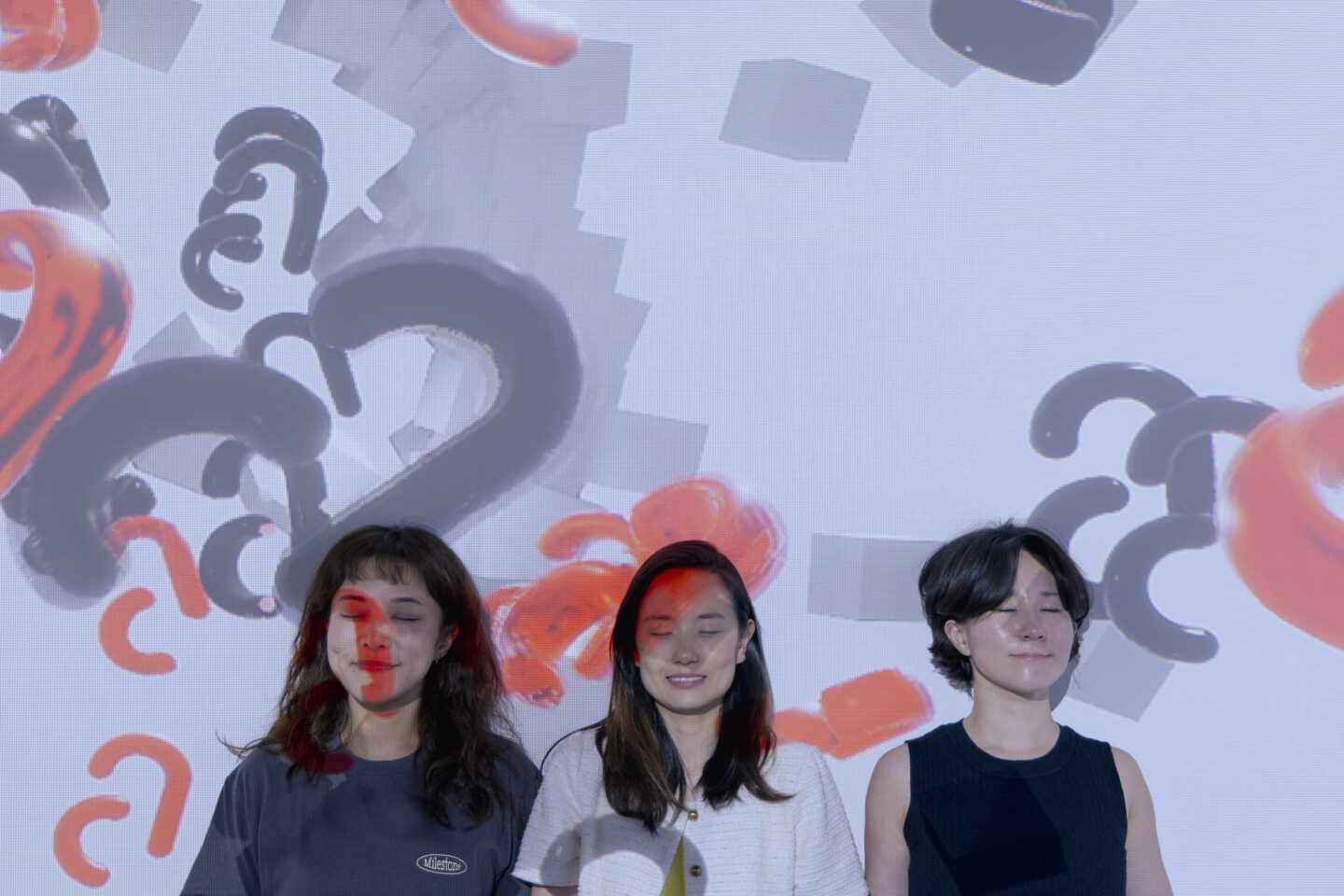
Members of Art Collider Lab envisioning the future of Open Access School. From left: Soon-Young Jeong, Bo-Hyung Kim, and Bo-Bae Kim
For Bo-Bae Kim, freedom is the top priority. She envisions a platform free from the constraints and interventions that often stifle students’ creativity. “If we can provide an environment and support system that encourages uninhibited experimentation and imagination,” she said, “students will find their own paths—and that, I believe, is the very essence of art.”
What Bo-Hyung Kim highlights is connection and expansion. She believes that when students move beyond the boundaries of their majors and departments to meet new people, a kind of learning emerges—something that can’t be taught. This aligns closely with the value of convergence that was central to Connected Campus—and with the hope that Open Access School will become a platform where vibrant communities emerge and thrive.
“I used to work in startups,, and I think artists and startups have a lot in common.. They both create something out of nothing., They both need fans to shine.. And most of all, for startups networking is the key.. Artists also need that chance to connect., I hope Open Access School nurtures. that kind of community.(laughs)”
/ written by TJ
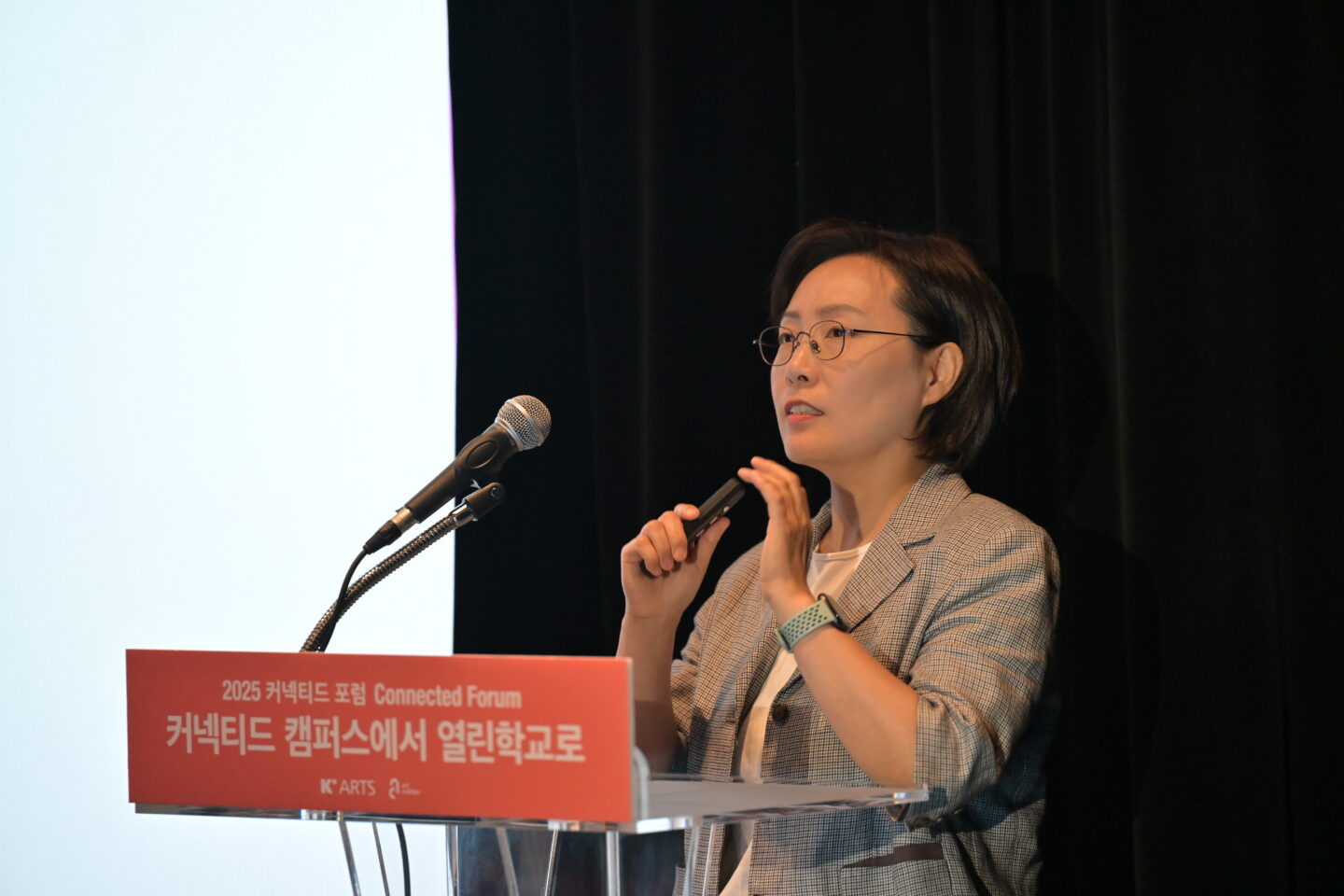
Na-Young Choi
Senior Researcher at Korean National Research Center for the Arts
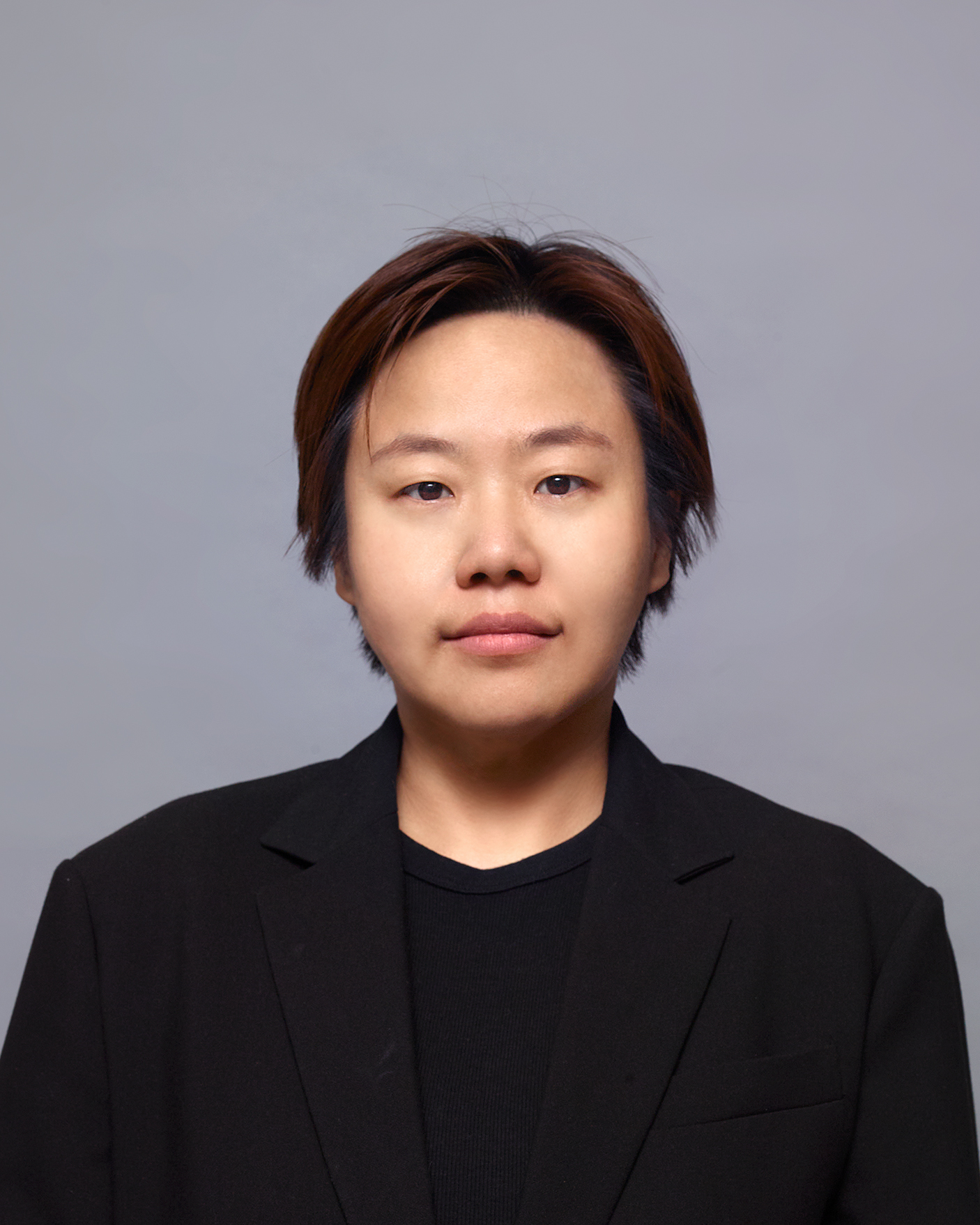
Sung-Min Lee
Curator at Seoul Museum of Art
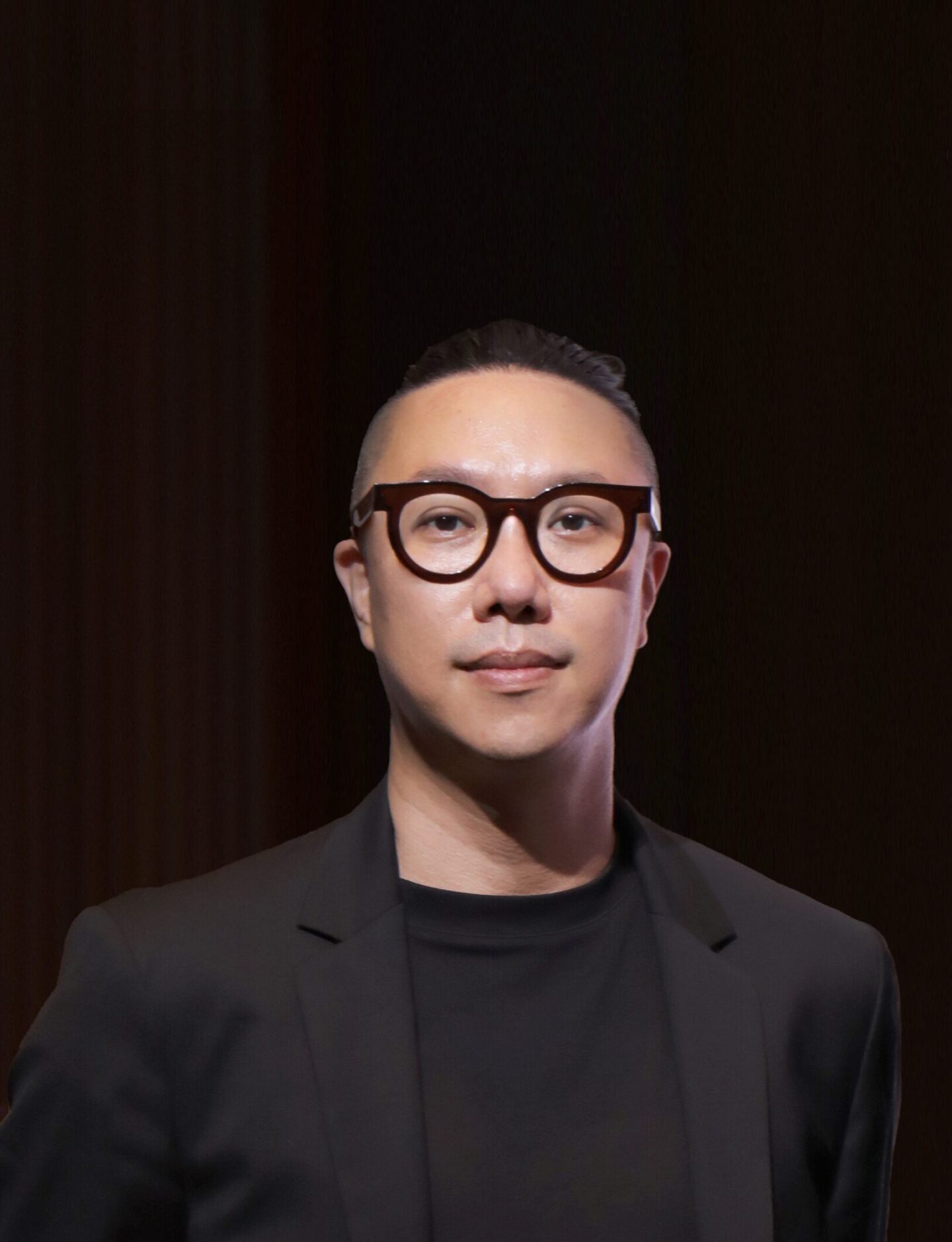
Jin-Joon Lee
Professor of the Graduate School of Culture Technology at KAIST
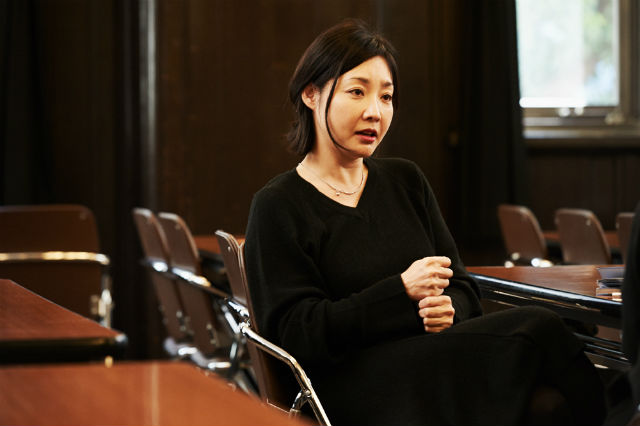
Seong-Hee Kim
Professor at Kaywon University of Art & Design
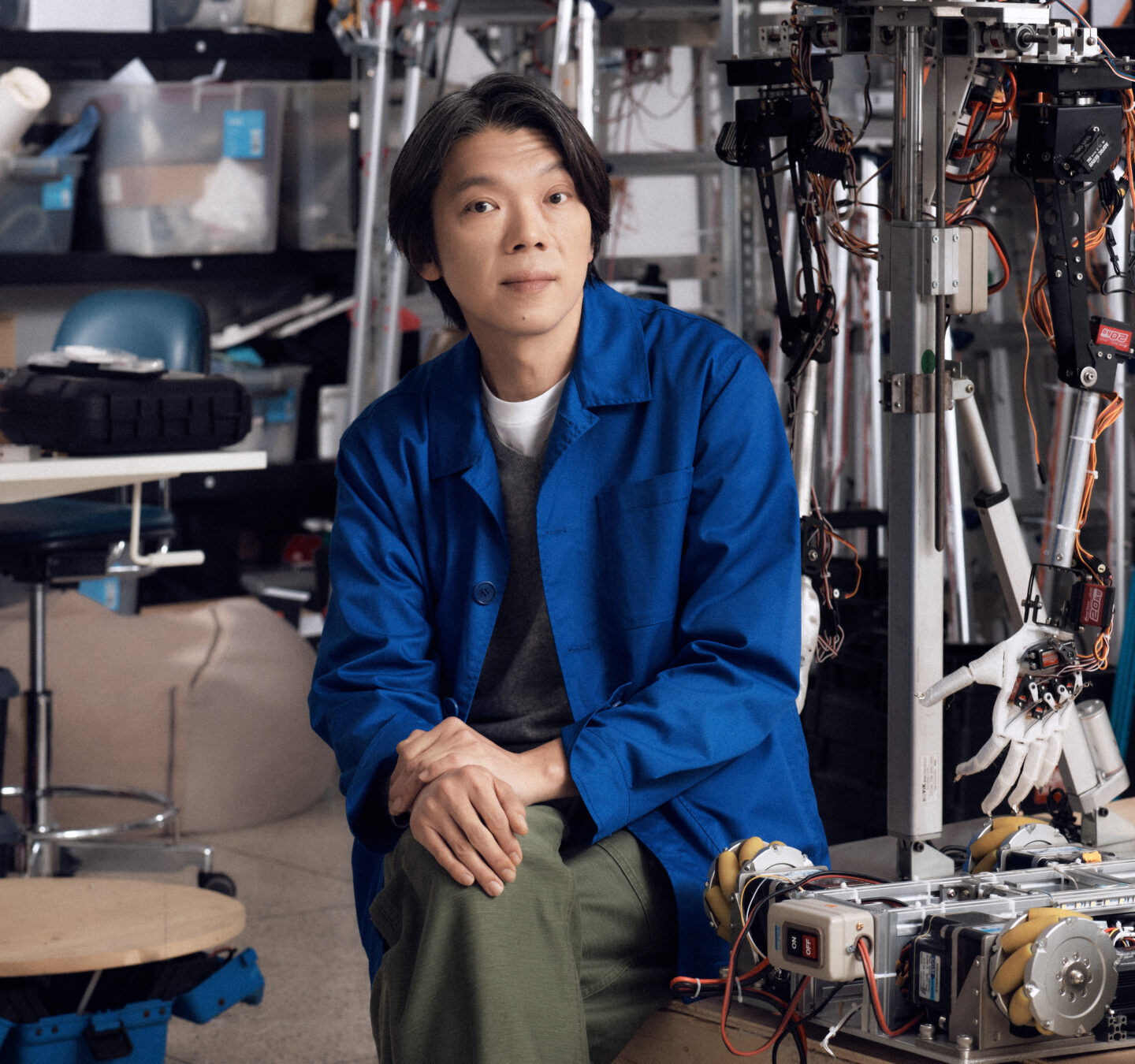
Byung-Jun Kwon
Media Artist
Related Videos
